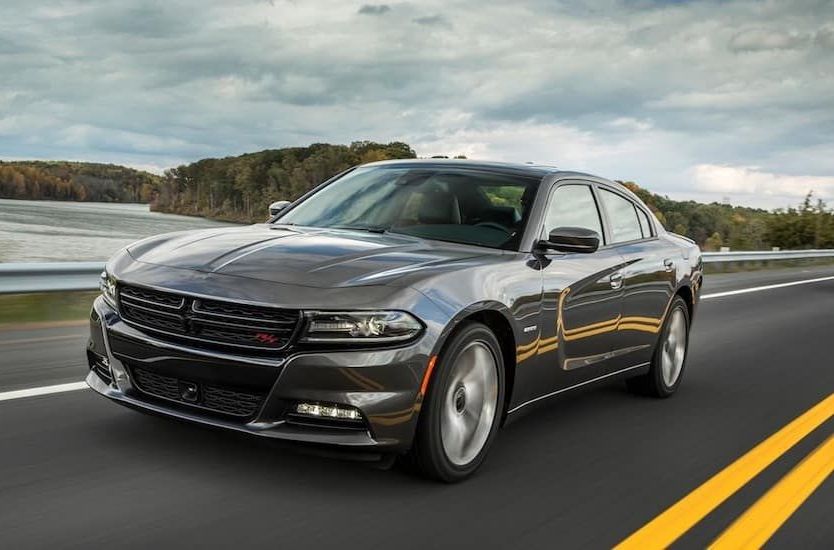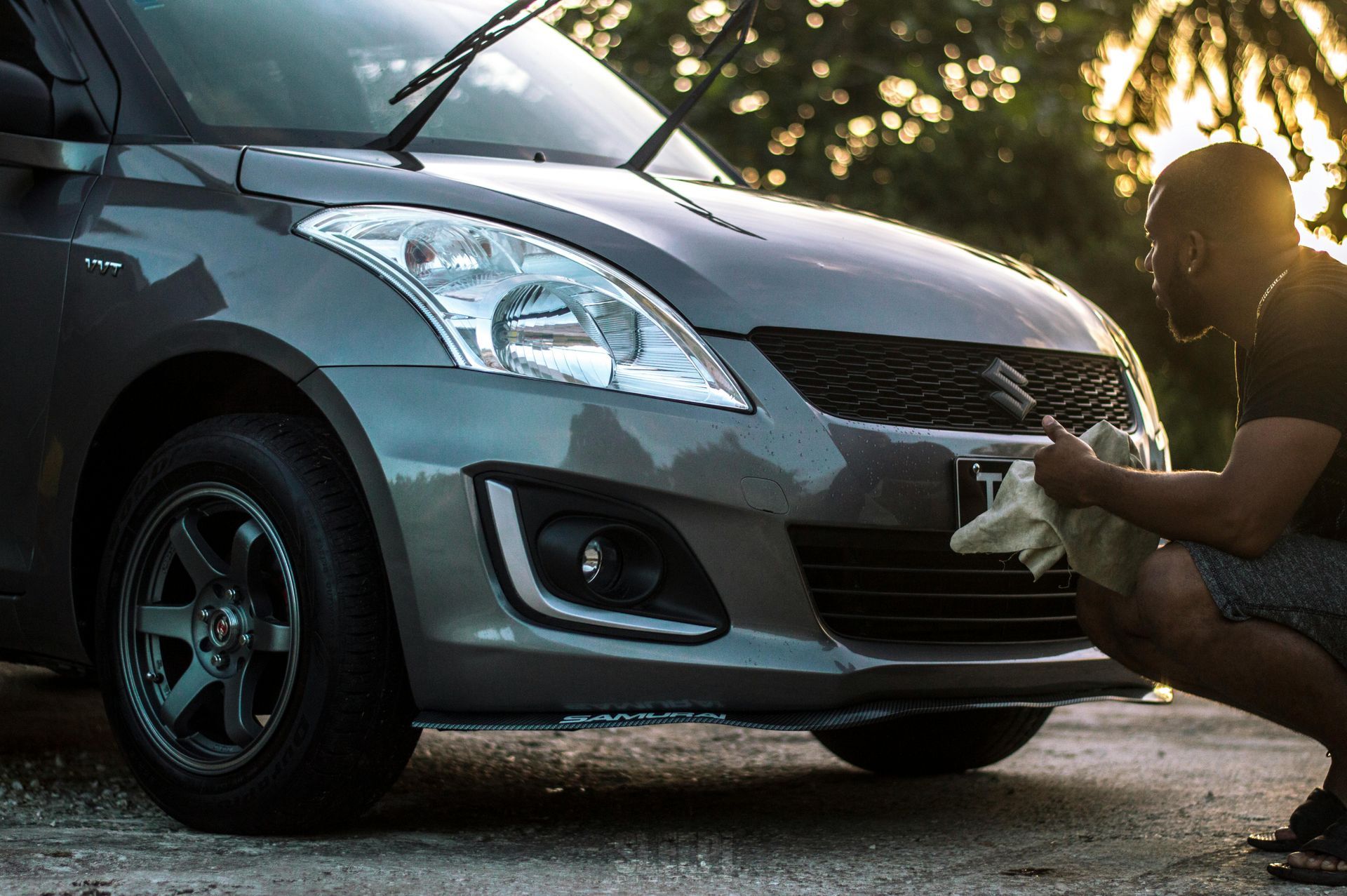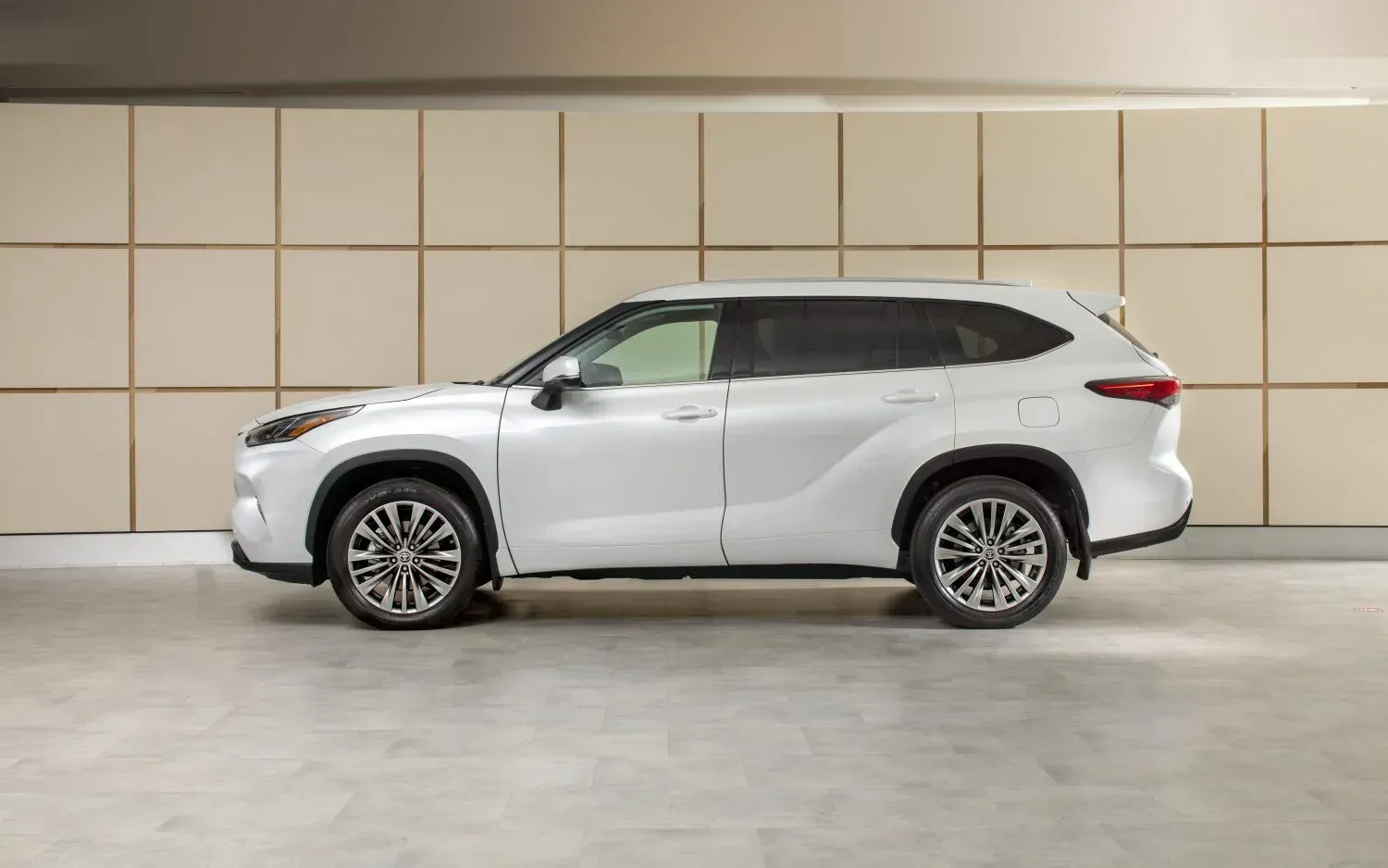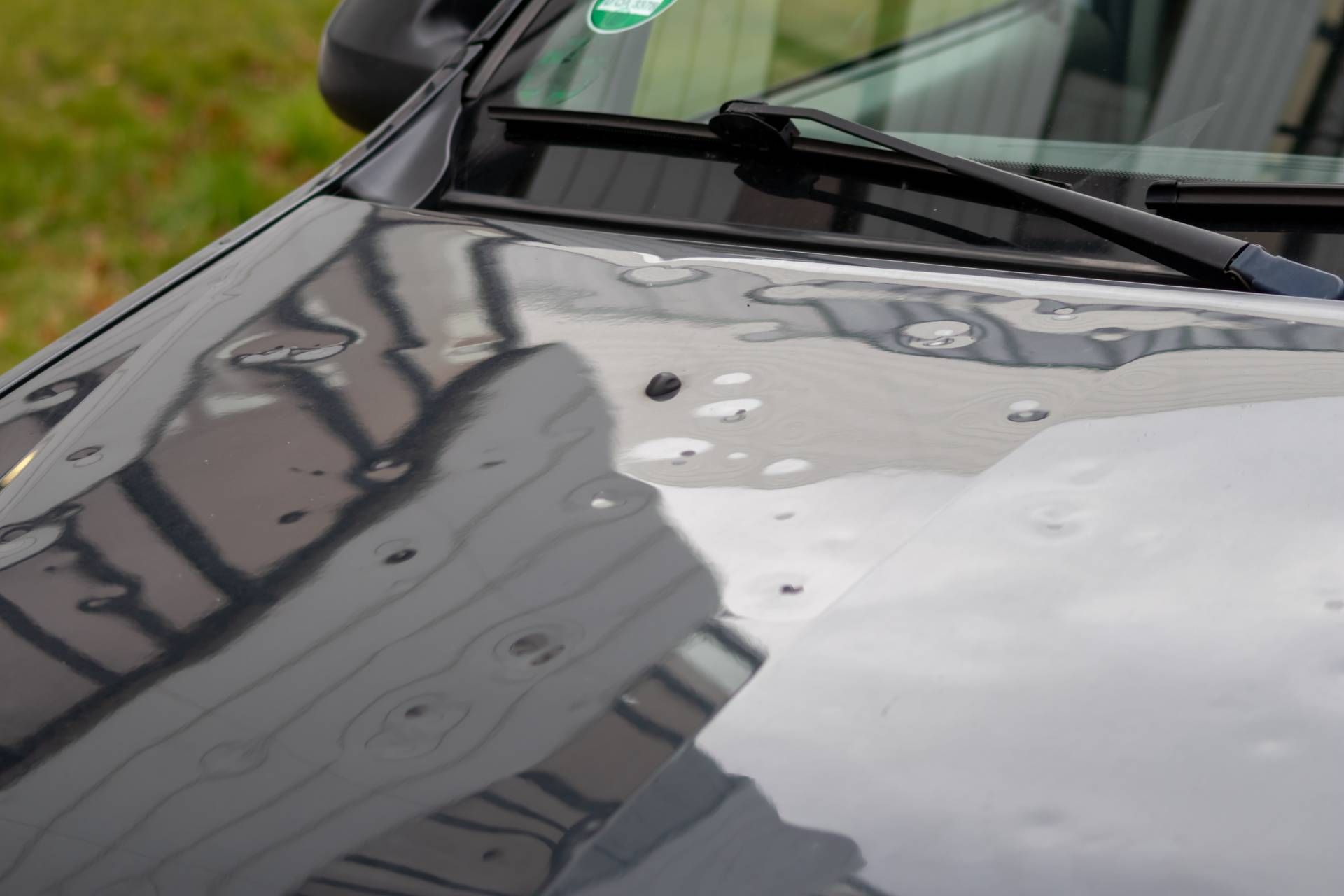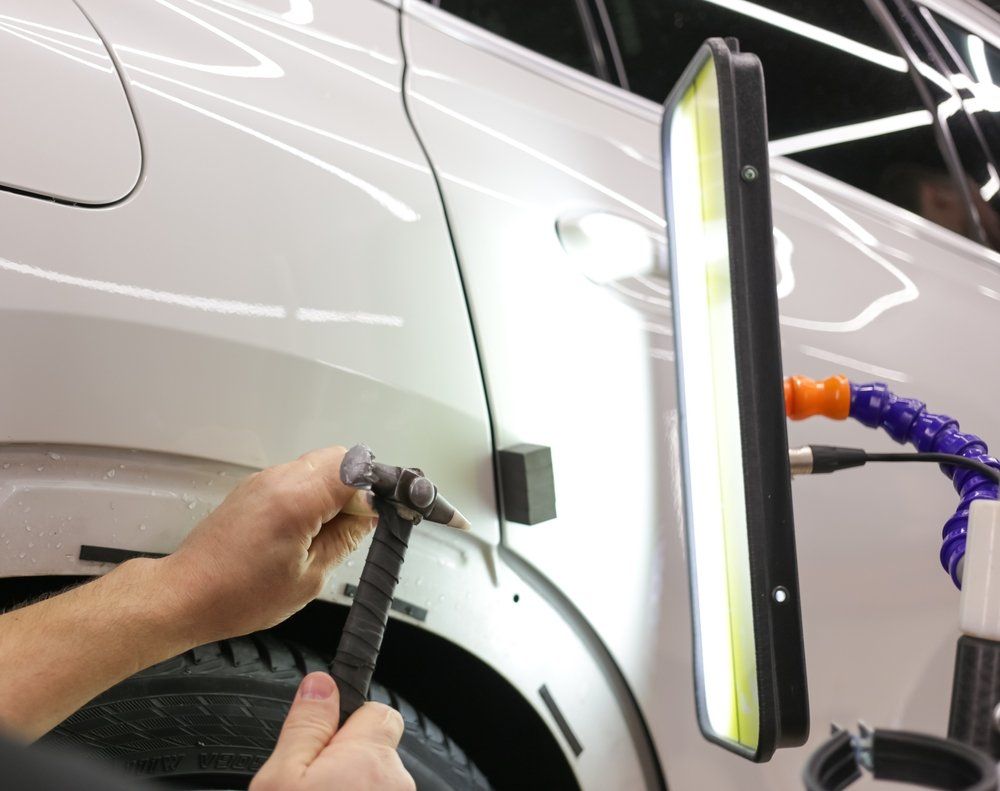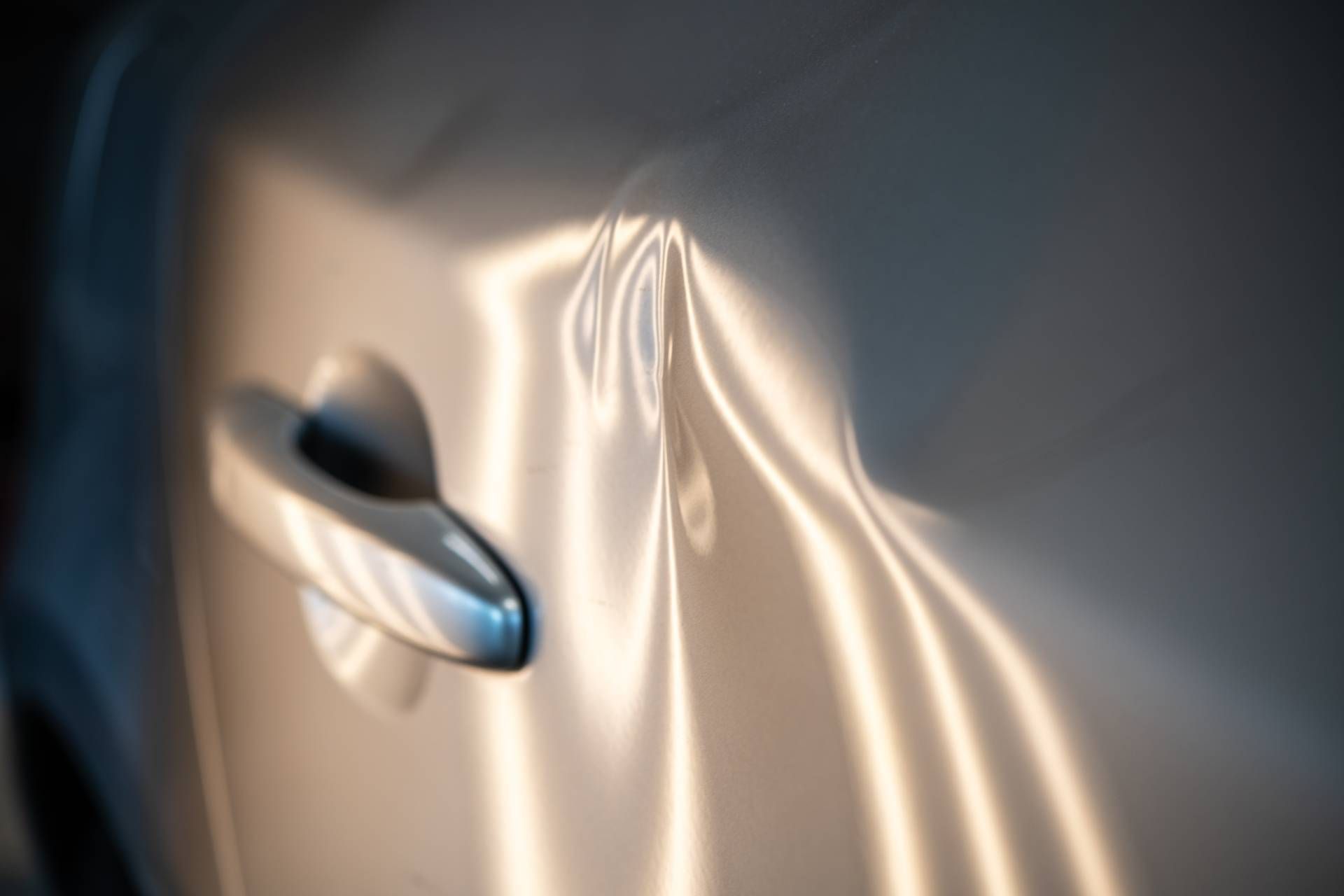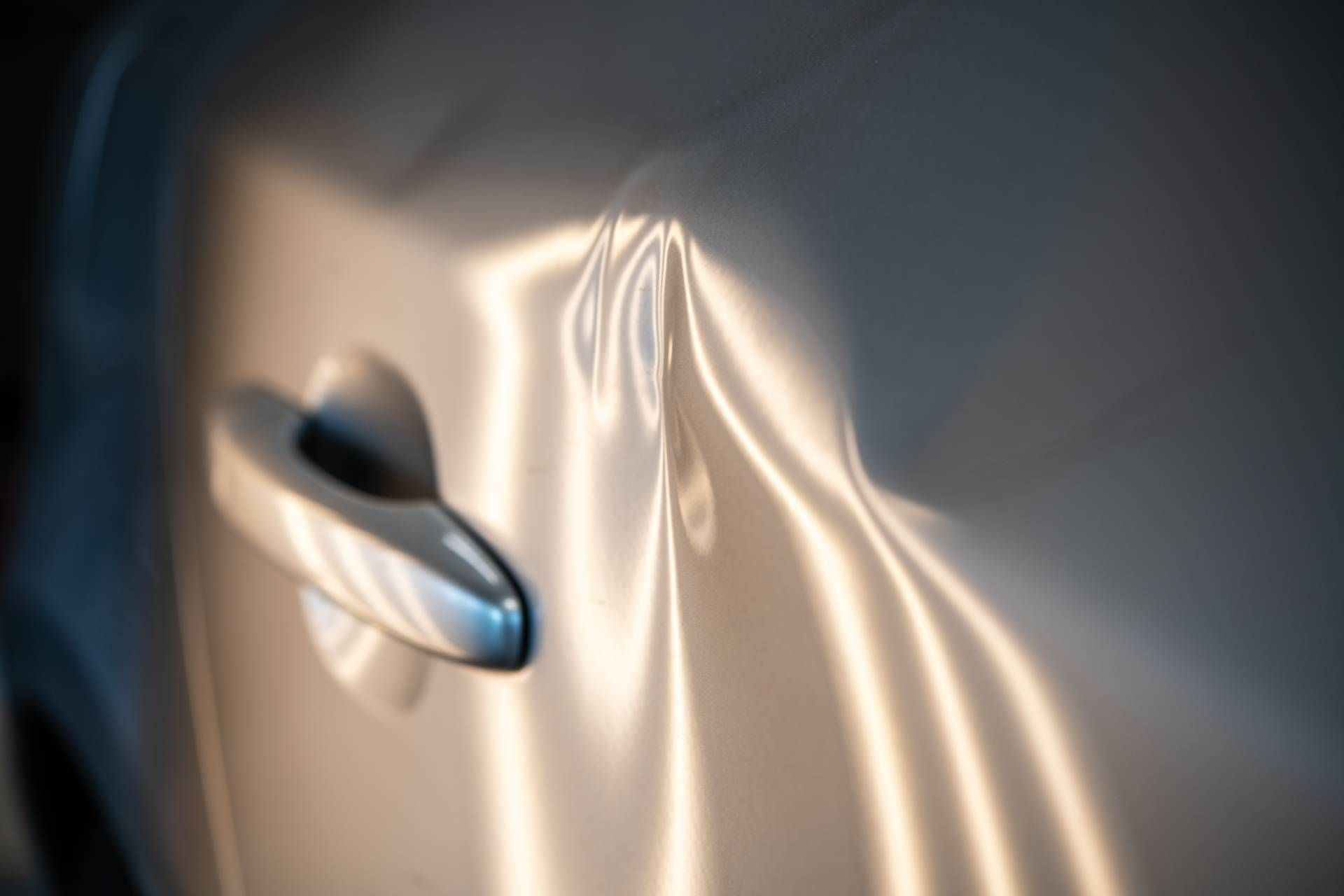4 Types of Cosmetic Damage on Cars
TL;DR: Cosmetic damage on your car may not affect how it drives, but it impacts appearance and resale value. Fixing small dents, scratches, and faded paint early helps maintain value and protect your vehicle.
- Common types of cosmetic damage
- How repairs protect resale value
- Affordable cosmetic auto repair options
- Insurance coverage for minor damage
- Benefits of early repair and maintenance
Every driver deals with it at some point—cosmetic damage on your car that makes it look older or less cared for than it really is. While these issues rarely affect how your vehicle runs, they can still hurt its value and curb appeal. When you understand what qualifies as cosmetic damage, you can decide when it’s worth fixing and how to efficiently handle repairs.
1. Scratches and Paint Damage
Even the smallest scratch can stand out on a clean car. Whether it’s from a careless door ding, a runaway shopping cart, or road debris, paint damage is one of the most common cosmetic issues on a car.
Some surface scratches can be buffed out, but deeper ones that reach the primer or metal often need paintless clear coat restoration or touch-up paint to restore a smooth finish.
2. Dents and Dings
Minor dents happen all the time, especially in parking lots. While they don’t usually affect the structure of the vehicle, they’re still frustrating to look at.
The good news is that many can be fixed with paintless dent repair, which is a process that gently reshapes the panel without disturbing the original paint. This type of cosmetic auto repair is affordable and quick and can usually be completed in just a few hours.
3. Bumper Scuffs and Cracks
Bumpers take the brunt of parking mishaps and low-speed impacts. Small scuffs, scratches, or even hairline cracks are considered cosmetic damage, but if left untreated, they can worsen over time. Repair shops can sand, fill, and repaint these areas so your bumper looks like new again.
4. Faded or Peeling Paint
Over time, exposure to sunlight and weather can make paint lose its shine. Fading, oxidation, and peeling clear coat are all signs your car’s exterior needs attention. Professional refinishing or paintless clear coat restoration can bring back a like-new appearance and protect the bodywork underneath.
How Cosmetic Damage Affects Value
Even minor imperfections can make a difference when it comes to resale or trade-in offers. Buyers often associate cosmetic wear with poor maintenance, even if the car runs perfectly.
Addressing these issues early can save you money down the road and maintain your car’s overall value. If you’re wondering about car cosmetic repair cost, it depends on the damage size, paint type, and repair method, but fixing small problems early is almost always cheaper than waiting.
Cosmetic Damage On Your Car: FAQs
What is cosmetic damage on a car?
Cosmetic damage refers to visible flaws that don’t affect the car’s function, such as scratches, dents, paint fading, or chipped trim.
Does cosmetic damage affect resale value?
Yes, it often does. Even small cosmetic flaws can lower perceived value and reduce the price buyers are willing to pay.
Is cosmetic damage covered by insurance?
Some insurance policies cover cosmetic repairs if the damage is from an accident, but you should check your coverage details because minor wear and tear typically isn’t included.
Final Thoughts
Cosmetic damage might seem minor, but staying on top of it keeps your car looking its best and helps to preserve its value.
Whether you need a quick fix for a dent, a fresh clear coat, or help figuring out how to fix cosmetic damage on car panels, professional technicians can make your vehicle shine again. For fast, reliable cosmetic damage on your car repairs, trust us to restore your ride without the hassle.


